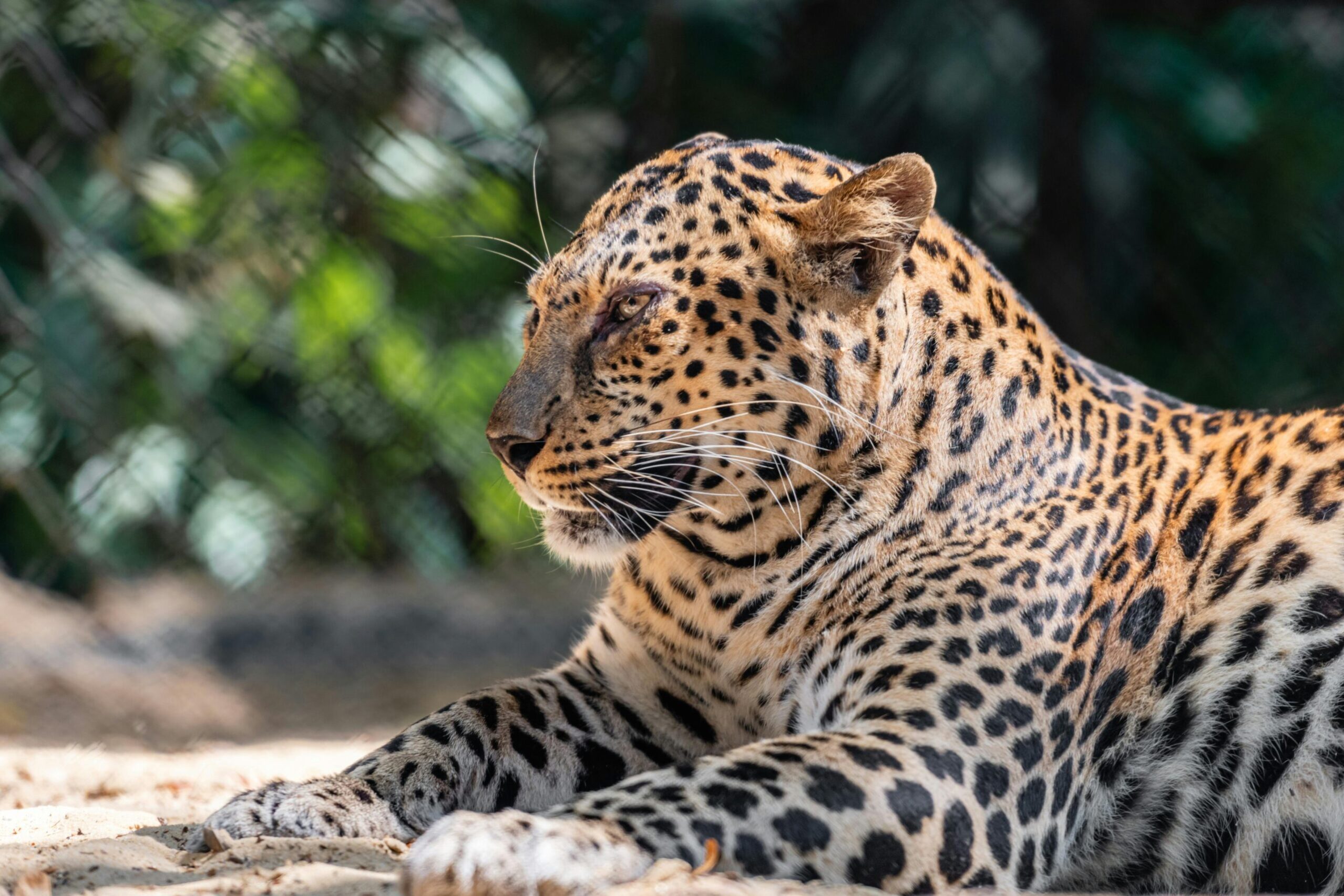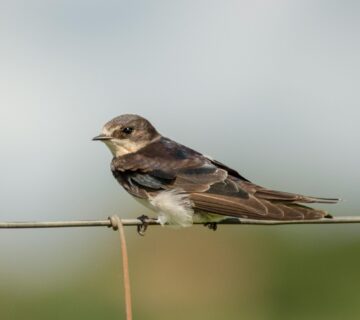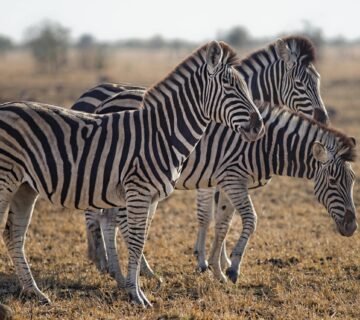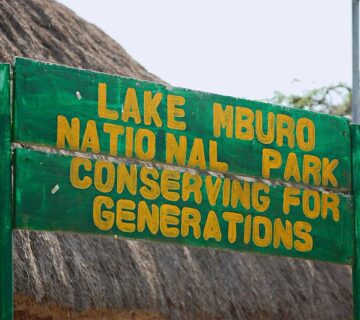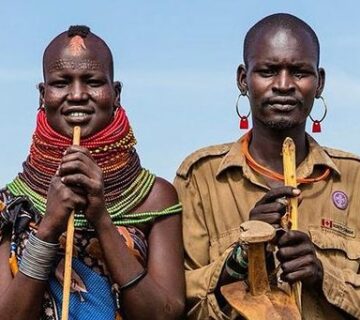Where Is Lake Mburo National Park Located ?
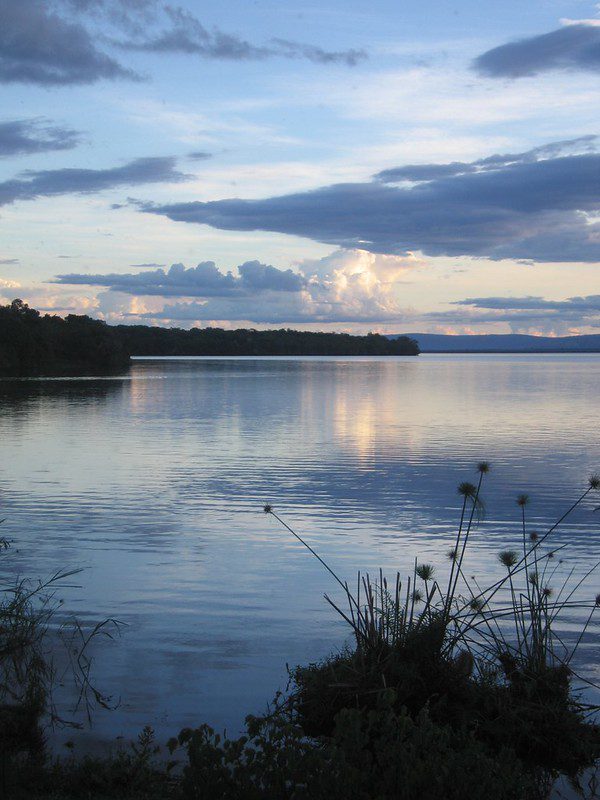
Lake Mburo National Park is located in the western part of Uganda. It is in Kiruhura district in the Ankole sub region. It is approximately 30kms from Mbarara, which was recently awarded the status of a city. The park is on the Mbarara-Masaka highway and that is why it is the nearest and easily accessible park in Uganda.
Geographical Location And Coordinates Of Lake Mburo National Park
The park lies between latitude 0°35 and 0°45 South, Longitude 30°57 and 31°07 East. The park sits on 260 square kilometers. It is bordered by Mbarara-Masaka road to the south. The park rises over 1828 meters above sea level due to the presence of gently rolling hills and low valleys.
Surrounding Areas Around Lake Mburo National Park
The national park is strategically located in the wetland basin and the dry cattle corridor. Lyantonde district lies in the eastern direction of the park with Mbarara bordering the park to the west. Therefore, it is safe to say that the park is located in a culturally rich and active region in terms of agriculture.
Accessibility
The park is accessible through the Sanga gate, Nshara Gate and Kyanyanshara gate. Nshara gate is best for those coming from Kampala, Sanga gate is for those from Mbarara and Kyanyanshara gate is best for those visiting Mihingo Lodge.
- Sanga gate
This is the most commonly used gate. It is about 12 kilometers from the Masaka-Mbarara highway
Nshara Gate
This gate is accessible via Lyantonde
Kyanyanshara Gate
It offers quick access from Mbarara.
Duration of the Journey to Lake Mburo National Park
When coming from Kampala, the drive can take 3-4 hours. However, it may take a little extra time due to road works or traffic jam. Major towns that are explored while on this trip include Mpigi, Lukaya, Masaka and Lyantonde.
On the other hand, when coming from Kigali -Rwanda, the journey takes approximately 4-6 hours. Major towns of exploration include Byumba, Kikungiri and Ntungamo.
The park is located in the wet forests and drier savannah regions. It acts as a buffer zone as animals that survive in the two environments are able to survive and co-exist.

